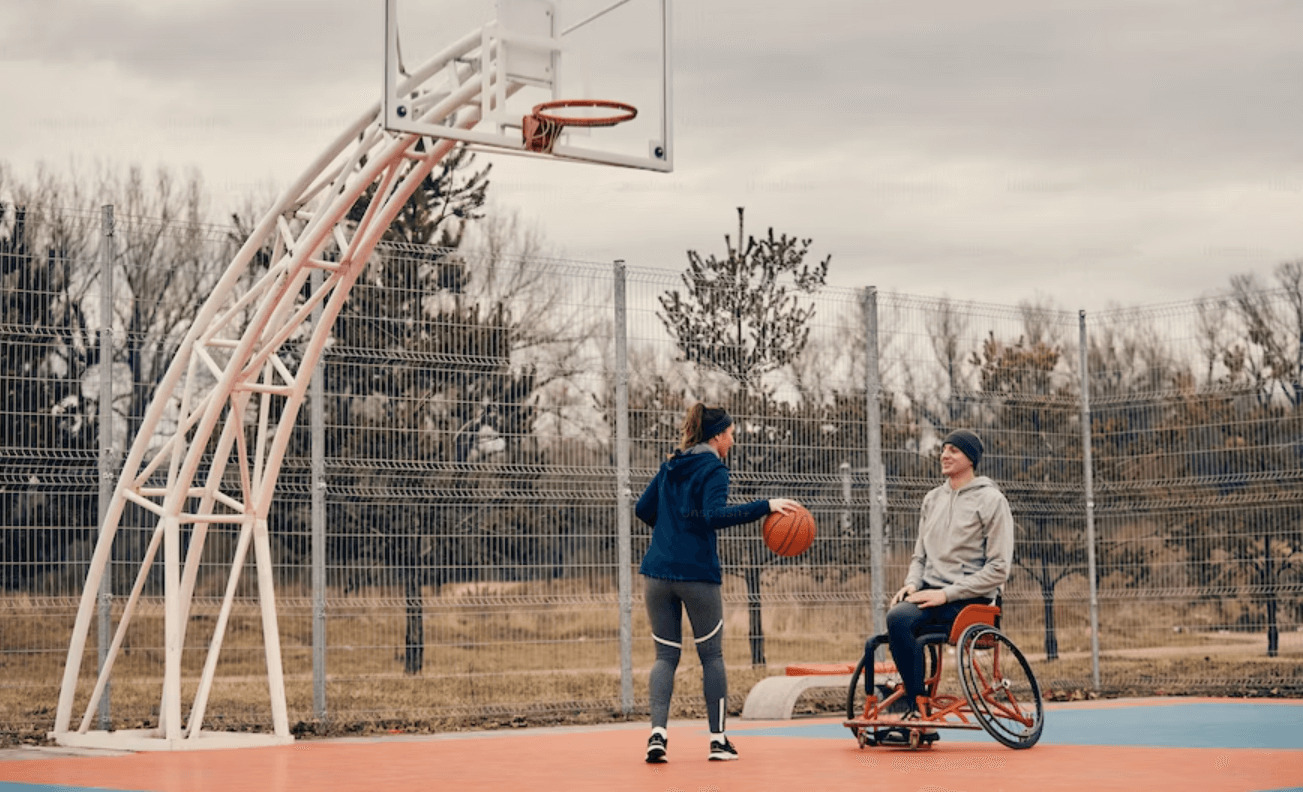
There is no doubt that exercise is beneficial to everyone for both physical and mental well-being. But when most lists feature exercises that either require specialist equipment, or cannot cater towards those with limited mobility, issues arise. A good standard of physical health should be achievable for all.
Regular physical activity is one of the most important things that you can do for your heath. The benefits of physical activity can improve many aspects of life such as the ability to do everyday activities such as climbing the stairs. Physical activity can also reduce the risk of disease and strengthen bones and muscles. Although the most obvious benefit is helping to maintain a healthy weight, it can also improve brain health which can help to reduce the risk of depression and anxiety and helps us sleep better. The best part is that anyone can experience the benefits of physical activity and it should not be affected by age, race, shape, or abilities. One small lifestyle change can have a positive effect on us all.
Many studies have shown the positive impact that exercise and physical activity can have on mental health. For example, it can help with:
According to a study conducted by the National Library of Medicine, an exercise-induced increase in blood circulation to the brain is the reason why we feel so good after exercising. The physiological effect stimulates our limbic system which controls motivation and mood. Other parts of our brain that become stimulated are our amygdala, which controls our response to stress, and the hippocampus which provides memory formation.
Problems arise, however, when most of the guides that suggest the best physical activities do not cater towards everybody. Injury, disability, illness, or weight should not stand in the way of exercise. All can experience the health benefits of exercise, and you do not need to have full mobility of parts of the body. It is advised that you should always speak to a health care professional if you are unsure of what exercises are best for you to do, personally.
Accessibility means that all people can have access to, understand, interact, and navigate the world around them as contributing members of society. All people, no matter their visual, auditory, physical, cognitive, or neurological abilities should be accounted for and considered. Accessibility is paramount in helping to improve the lives of disabled individuals This involves removing any barriers that could stop them from achieving their highest potential and taking away independence. There are a number of easy and cost-effective ways that can make their lives a lot easier if more people just take a moment to stop and realise how much of the world is catered in favour of them.
At Northern Healthcare we take the specific needs of our residents to heart, not just mental but physical too. As we have a number of residents with low mobility, we ensure that our enhanced supported living facilities are properly equipped to make their lives easier. Outside of their home, when taking our residents out into the community, we make sure that activities scheduled will anticipate everybody’s needs. Our resident’s safety and happiness are our main priority. We were even nominated for three awards in the LABC Northwest Building Excellence Awards 2019, including Best Change of Use of an Existing Building, Best Public Service Building and Best Inclusive Building. The last nomination is especially important to us as we strive towards our goal of putting people first and changing lives. You can read more about this great honour here.